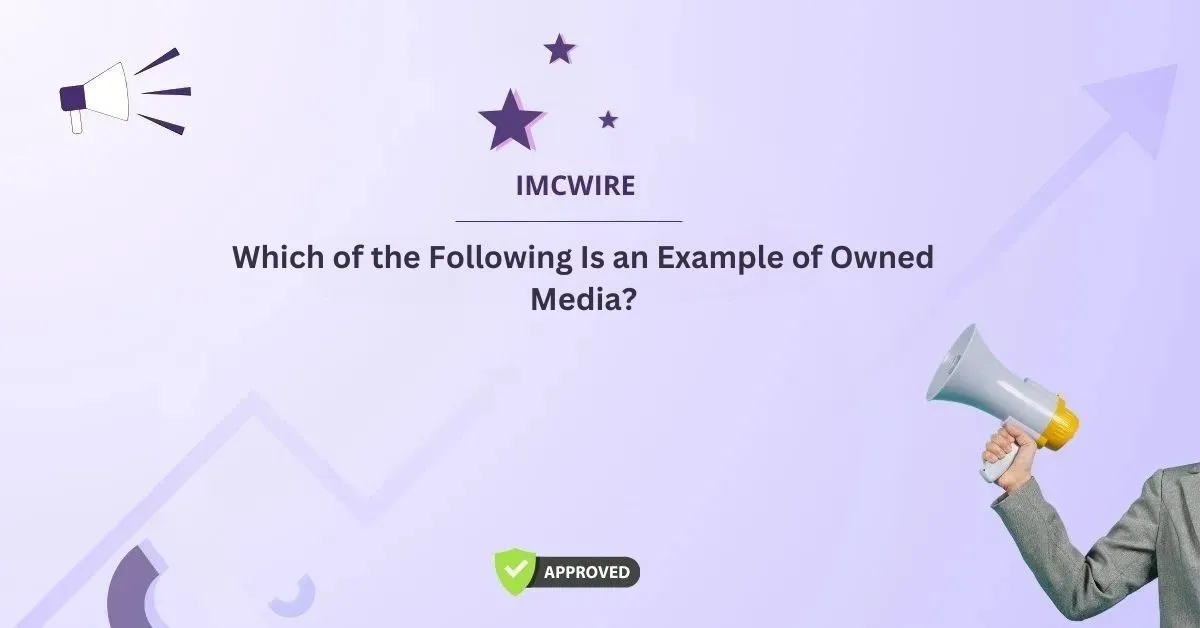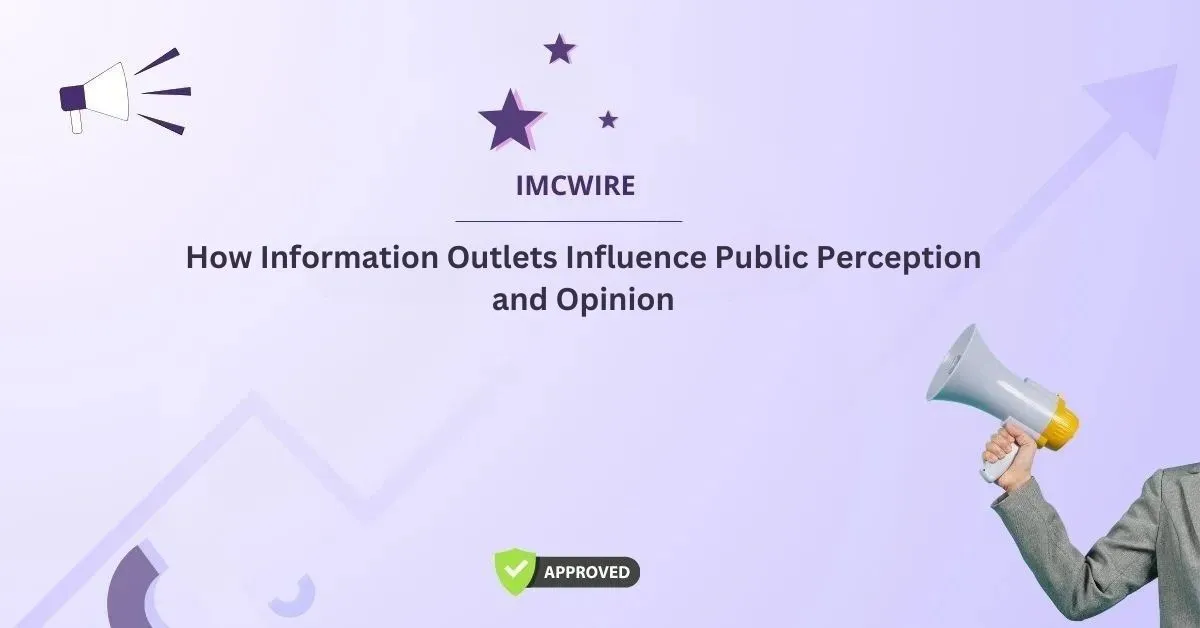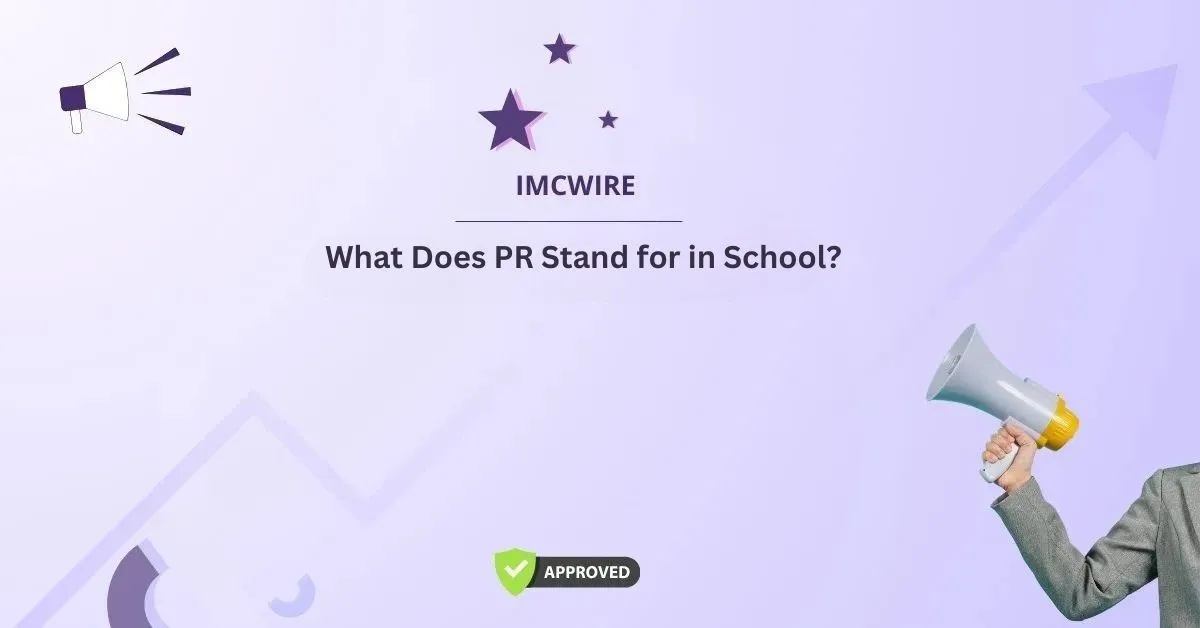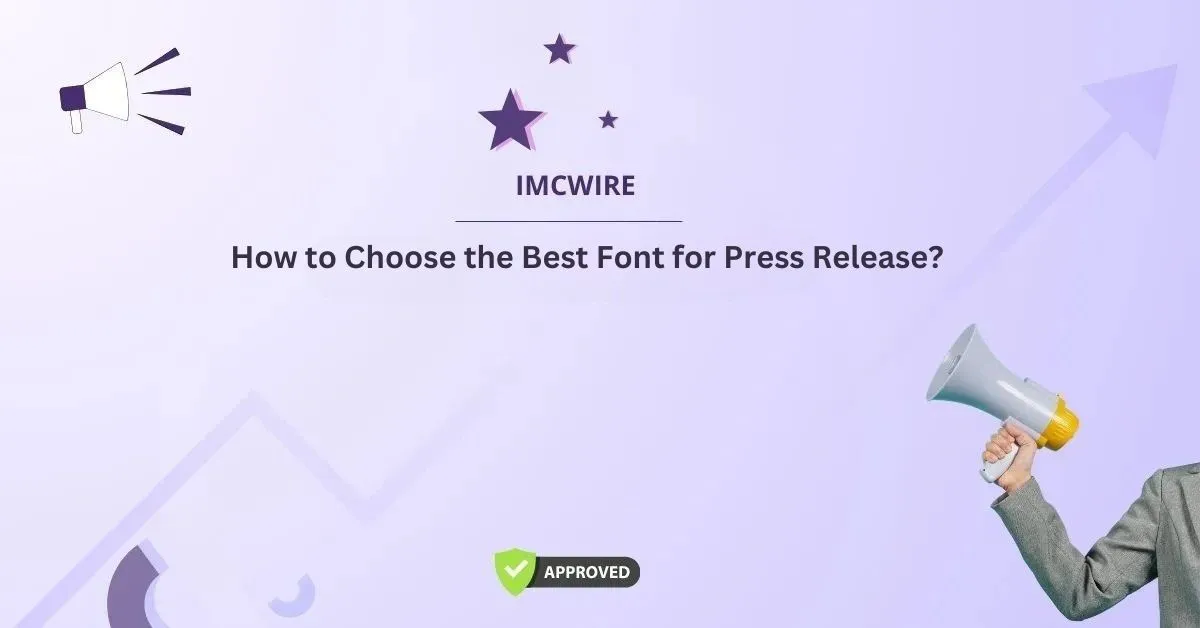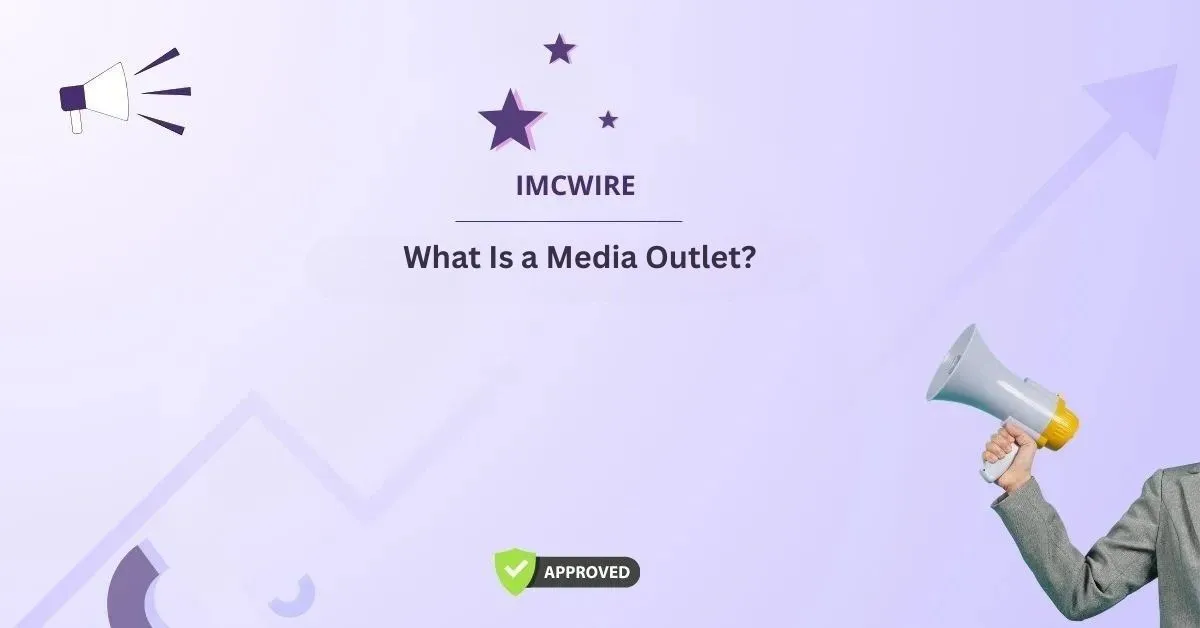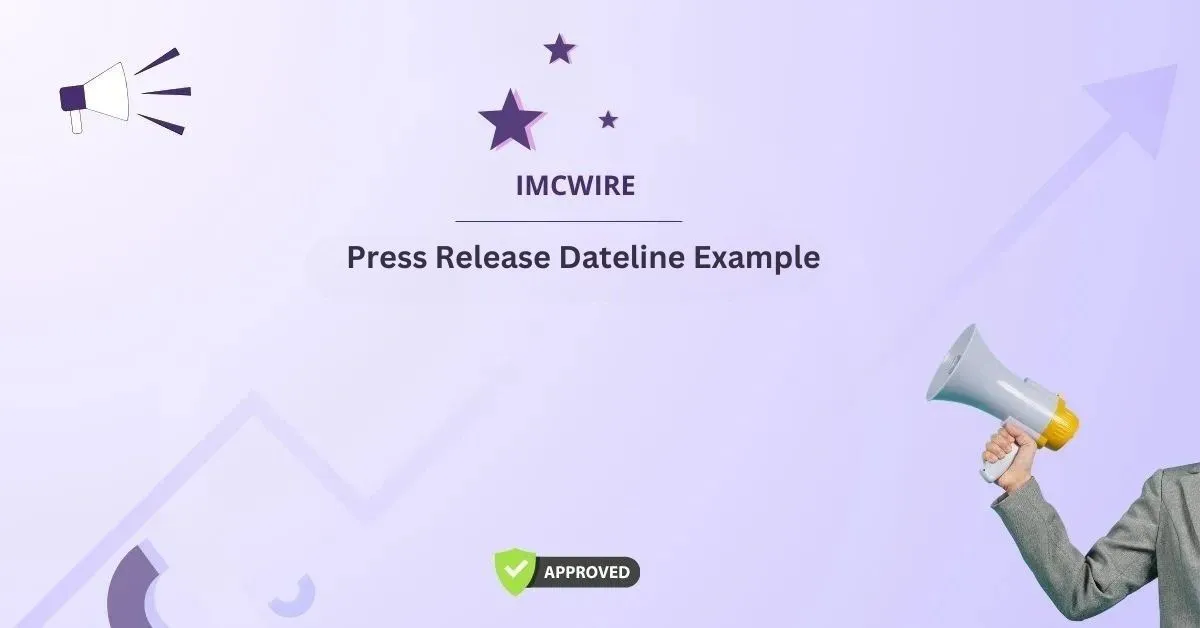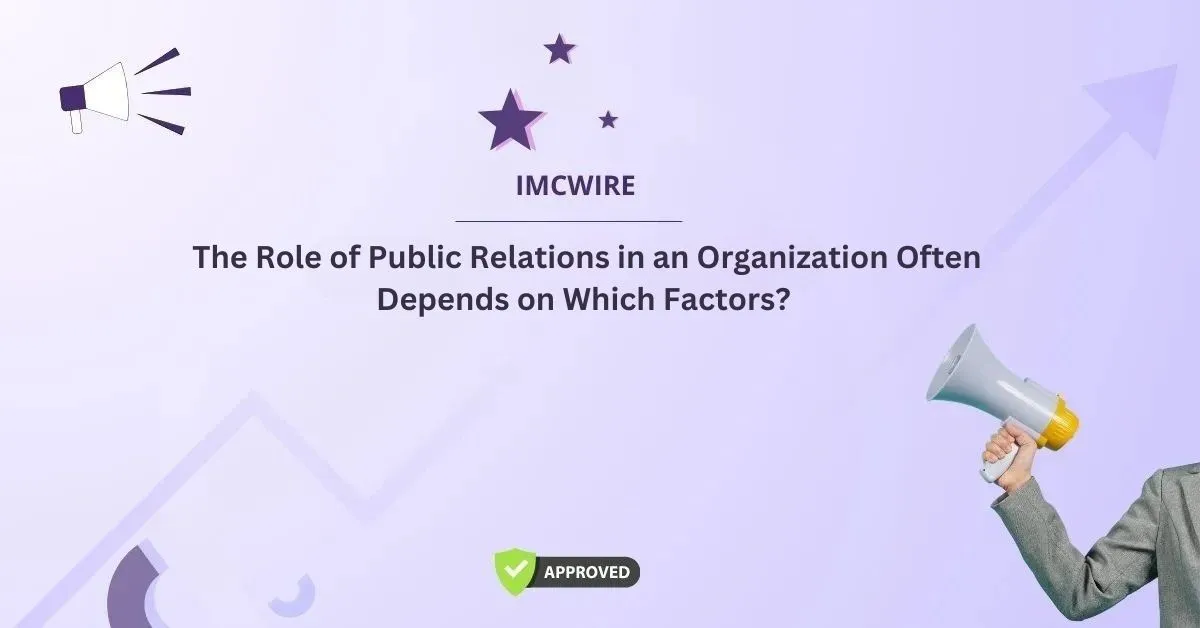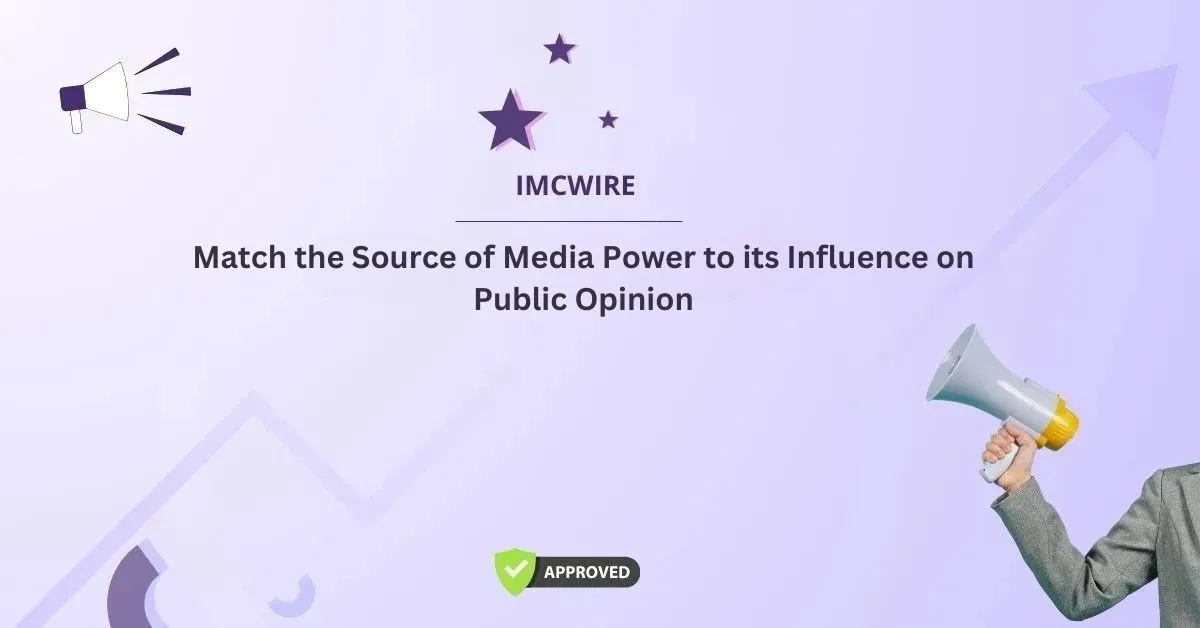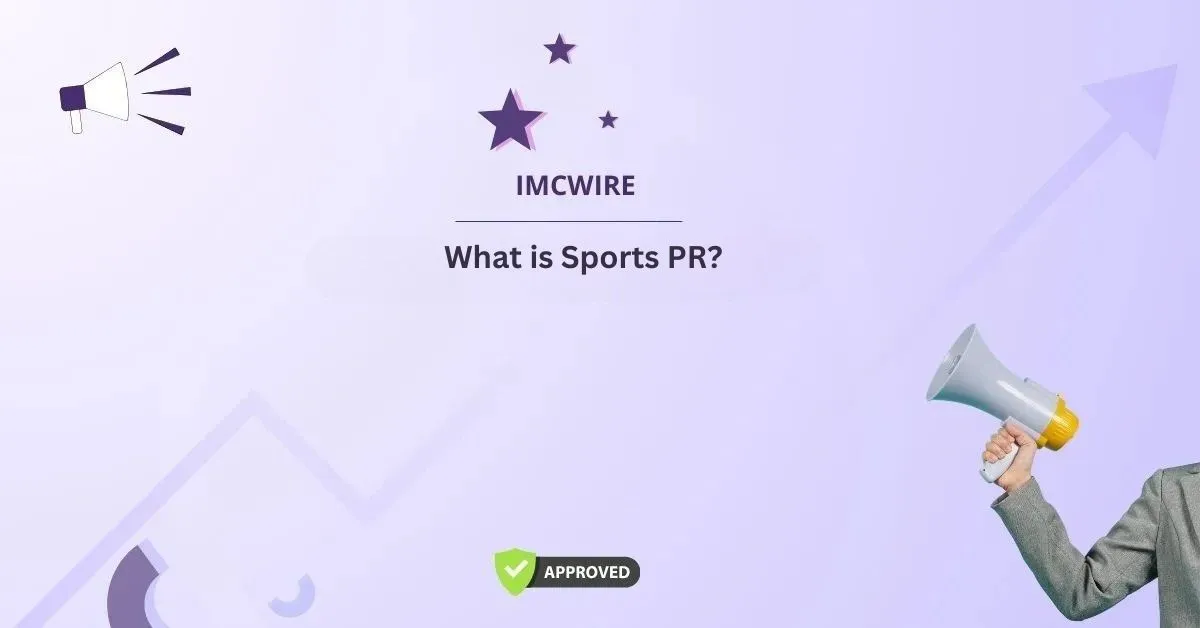Which of the Following Is an Example of Owned Media? Full Guide for Marketers
In today’s digital marketing ecosystem, understanding the different types of media channels—owned, earned, and paid—is essential for executing a successful integrated marketing communications (IMC) strategy. Among these, owned media plays a pivotal role in helping brands build trust, control messaging, and establish long-term engagement with audiences. But let’s get to the heart of the question: which of the following is an example of owned media? In this article, we’ll explore the definition, advantages, real-world examples, and strategic significance of owned media within the broader marketing landscape. What Is Owned Media? Owned media refers to any online or offline asset that a company has full control over and operates without paying ongoing fees to a third-party platform. These are brand-controlled channels that provide direct access to your target audience, allowing for seamless content distribution and long-term value creation. Examples of owned media include: Let’s break down why understanding owned media is crucial for your brand. The Importance of Owned Media in Integrated Marketing Communications In IMC, the objective is to ensure all marketing tools and channels work together harmoniously. Owned media is the foundation of this approach because it provides the platform where other types of media—paid and earned—can lead back to. For instance, your company blog might be shared by customers on social media (earned media), or promoted via online ads (paid media). But ultimately, they all direct users to your owned platforms—the final destination where conversions and relationships are built. Answering the Question: Which of the Following Is an Example of Owned Media? To answer the question directly, consider the following options: A. A Google AdWords campaignB. A company’s Twitter accountC. A product review by a customerD. A mention in an online publication The correct answer is: B. A company’s Twitter account Let’s explain why. Therefore, the correct example of owned media is a company’s social media account, assuming the brand manages and curates the messaging. Real-World Examples of Owned Media Owned media isn’t just limited to static platforms. It evolves as your business and audience grow. Let’s look at some tangible examples of how top companies use owned media strategically. 1. Company Website Every brand, from startups to Fortune 500 firms, considers its website the cornerstone of owned media. This is where your story lives, your products are showcased, and your sales are converted. Unlike social platforms, your website isn’t limited by an algorithm—you control the customer journey entirely. 2. Corporate Blog Blogging is one of the most effective owned media strategies. Companies like HubSpot and Moz have turned their blogs into industry-leading resources. Consistent content not only improves SEO but builds authority and trust. 3. Email Newsletters Email lists are valuable owned media assets. You’re speaking directly to people who’ve shown interest in your brand. Unlike social posts, emails land in inboxes—no algorithms, no competition. Brands like Sephora and Amazon use email marketing to personalize customer experiences. 4. Mobile Apps A custom app offers brands unparalleled access to user behavior. Think of how Starbucks uses its mobile app to offer rewards, collect customer data, and drive sales. Once downloaded, it becomes a direct communication channel. 5. Podcasts and Video Channels While hosted on platforms like YouTube or Spotify, your brand podcast or video series is still owned media when the content is yours. The more proprietary content you create, the stronger your brand voice becomes. Benefits of Owned Media Understanding the advantages of owned media helps brands prioritize their marketing efforts effectively. Here are some key benefits: Full Control Owned media gives you complete autonomy over content, branding, and user experience. This control ensures that every message aligns with your brand values and marketing goals. Cost Efficiency Unlike paid ads or influencer campaigns, owned media requires upfront investment but offers long-term ROI. For instance, a well-optimized blog post can generate leads and traffic for years with minimal recurring costs. Brand Authority Publishing consistent, valuable content on owned channels positions your brand as a thought leader in your industry. This builds trust and encourages loyalty. SEO Benefits Search engines reward quality content and consistent publishing. Owned media channels like blogs and websites significantly contribute to your SEO strategy, driving organic traffic without ad spend. Long-Term Relationship Building Owned media nurtures relationships through personalized engagement. Whether it’s through an email series, app push notifications, or social interactions, you’re building a community, not just an audience. Owned vs. Earned vs. Paid Media: A Quick Comparison Understanding how owned media fits into the broader marketing picture is essential. Here’s a simplified breakdown: Media Type Definition Examples Level of Control Owned Assets you own and control Website, blog, app, email list High Earned Free exposure gained through third parties Press mentions, reviews, shares Low Paid Promotional content paid for PPC ads, influencer partnerships Medium The goal of IMC is to integrate all three types into a unified strategy, but owned media often serves as the anchor for everything else. How to Maximize Owned Media If you’re wondering how to get the most from your owned media strategy, here are key practices: 1. Create High-Quality, Evergreen Content Focus on content that answers your audience’s core questions—like this very blog post answering “which of the following is an example of owned media?”. Educational and evergreen content has the longest shelf life. 2. Optimize for Search Engines Ensure your content is SEO-optimized. Use targeted keywords, proper headings, metadata, and backlinks to improve visibility on search engines. 3. Consistent Branding Whether it’s a blog, newsletter, or app interface, consistency in tone, visuals, and messaging reinforces your brand identity. 4. Leverage Email Segmentation Don’t send the same email to everyone. Segment your list based on behavior, preferences, and demographics to personalize communication and boost engagement. 5. Collect and Analyze Data Owned media allows you to gather first-party data. Use analytics tools to understand how users interact with your content and make data-driven decisions. The Role of Owned Media in Crisis Management Owned media becomes especially important during a brand crisis or public relations issue. Since you … Read more

